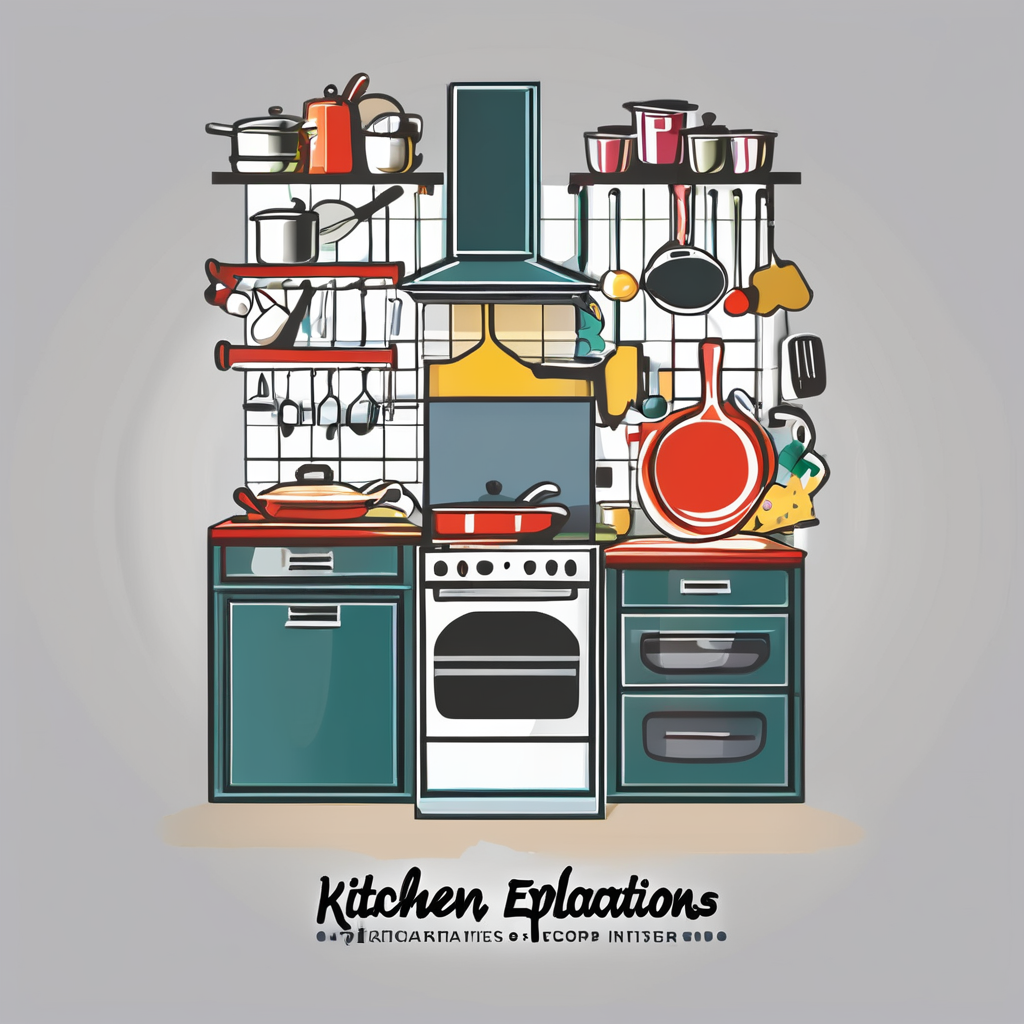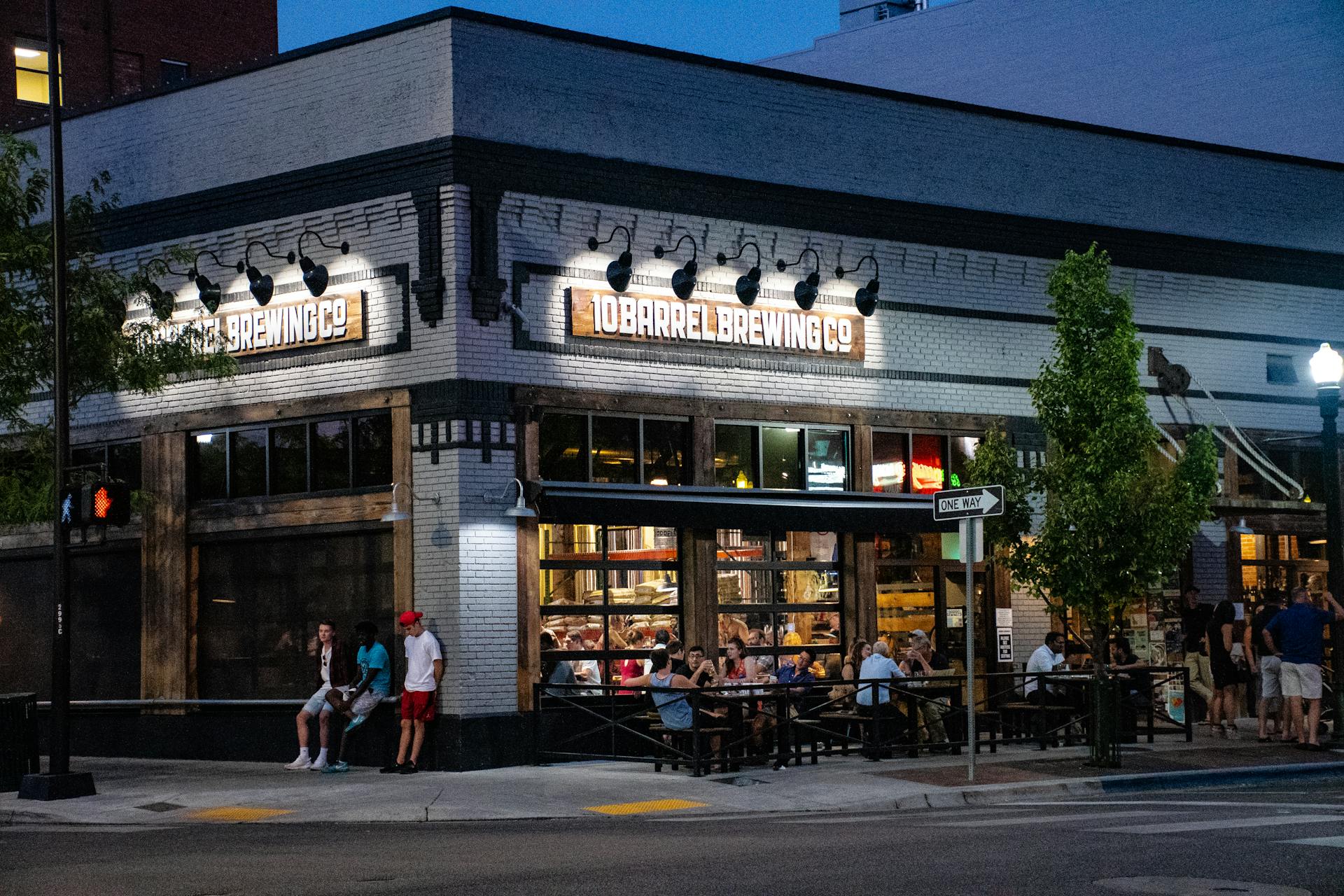Busy schedules can often compromise food quality. Rushed diners face the challenge of balancing time constraints with wholesome eating. Prioritizing quality doesn’t mean sacrificing convenience. With smart strategies, you can enjoy satisfying meals even during hectic hours. Discover effective tips to elevate your dining experience, ensuring that you get the nutrition you need without the stress. Quality food is possible, even when life gets fast-paced!
Strategies for Maintaining Food Quality at Restaurants
Enhancing your dining experience during peak hours
This might interest you : Top Pest Control Strategies for Rural Gastropubs: Ensuring a Bug-Free Dining Experience
Importance of Restaurant Selection During Busy Hours
Choosing the right restaurant can significantly impact your dining experience. During peak hours, the restaurant industry faces challenges like increased wait times and table turnover. Opt for restaurants with efficient restaurant operations and management software to ensure smooth service. This can enhance customer satisfaction and maintain food quality.
Communicating Preferences to Staff
Effective communication with staff is crucial for a satisfying meal. Politely express any food preferences or allergies to ensure the kitchen meets your needs. A well-informed staff can guide you through the menu, suggesting menu items that are best prepared during busy times, improving your overall customer experience.
Also to see : Transforming restaurant cleanliness and operational efficiency: creative strategies for adopting touchless technology
Choosing Dishes That Hold Up Under Pressure
Selecting dishes that maintain quality despite the rush hour is key. Here are some tips:
- Opt for items prepared in a central kitchen, as they often have consistent quality.
- Avoid complex dishes that may suffer from high turnover rates.
- Choose items with shorter prep times to reduce wait times.
Consider these strategies to enhance your dining experience and enjoy the best meal possible, even during the busiest hours.
Quick Cooking Techniques for Home Meals
Elevate your home dining experience with efficient meal preparation.
Essential Kitchen Tools for Efficient Meal Prep
To enhance your dining experience at home, consider investing in essential kitchen tools. Items like a sharp chef’s knife, a reliable slow cooker, and a quality food processor can significantly improve your meal preparation. These tools streamline operations and reduce wait times, making it easier to prepare delicious food quickly.
Techniques for Batch Cooking to Save Time
Batch cooking is a fantastic strategy to manage your meal planning efficiently. By preparing large quantities of menu items in one session, you can save time during the week. This approach is similar to restaurant operations where central kitchens are used to maintain consistency and quality. It also minimizes the stress of daily grocery shopping and helps in maintaining a well-stocked inventory.
Flavor-Enhancing Strategies for Quick Meals
Even during a rush hour at home, you can create flavorful dishes by using simple yet effective techniques. Consider using fresh herbs and spices to elevate the taste of your menu. Marinating proteins overnight or utilizing dynamic pricing to purchase best quality ingredients at lower costs can enhance your customer satisfaction, making every meal feel like fine dining.
These strategies ensure that your home dining experience remains enjoyable, even during busy peak hours.
Meal Prep and Storage Tips
Efficient techniques for maintaining meal quality.
Best Practices for Storing Prepped Meals
Storing prepped meals effectively is crucial for retaining food quality. Use airtight containers to prevent contamination and maintain freshness. For best results, store items separately based on their menu category. This practice, similar to restaurant operations, ensures that flavors don’t mix, preserving the dining experience for guests.
Recommendations for Reheating Without Losing Quality
Reheating food without compromising on quality can be challenging. For customer satisfaction, use methods like steaming or baking instead of microwaving. This approach, much like fine dining restaurants, helps in retaining the texture and flavor of the meal. Employing these techniques can enhance your customer experience at home.
How to Use Leftovers Creatively
Leftovers can be a source of creativity in the kitchen. Transform them into new menu items to keep your dining experience exciting. For instance:
- Turn roasted vegetables into a savory soup.
- Use grilled chicken in a fresh salad.
- Incorporate leftover pasta into a baked casserole.
These strategies, akin to dynamic pricing in the restaurant industry, maximize inventory management and minimize waste, ensuring a delightful meal every time.
Choosing Quality Ingredients for Quick Meals
Identifying the best ingredients for efficient meal preparation
Seasonal Produce and Its Impact on Meal Quality
Selecting seasonal produce is crucial for maintaining the quality of your meal. Fresh ingredients not only enhance the dining experience but also reduce wait times in the kitchen. Seasonal items are often more affordable and flavorful, enabling customers to enjoy a fine dining experience at home. This approach mirrors restaurant operations, where central kitchens utilize fresh produce to maintain customer satisfaction.
Shortcuts for Sourcing Fresh Ingredients
Finding high-quality ingredients quickly can be challenging. Consider these shortcuts:
- Use management software to track local markets’ offerings.
- Subscribe to dynamic pricing alerts for deals on fresh items.
- Partner with local farms for direct delivery.
These strategies help manage inventory efficiently, similar to restaurant industry practices, ensuring your menu items remain top-notch.
Identifying High-Quality Ingredients That Save Time
High-quality ingredients can significantly enhance your customer experience. Look for pre-cut vegetables and pre-marinated proteins to save time without compromising on quality. These items, like those used in central kitchens, can streamline your meal planning and improve the overall dining experience for your guests. By incorporating such ingredients, you can mimic the efficiency of restaurant operations during peak hours.
Dining Out During Rush Hour: What to Expect
Understanding the intricacies of dining during peak hours
Understanding Restaurant Dynamics
During peak hours, the restaurant industry faces unique challenges. Customers often experience longer wait times and increased table turnover. Restaurant operations must be efficient to maintain customer satisfaction. Management software can help streamline operations, ensuring a smoother dining experience. Central kitchens play a crucial role in maintaining quality and reducing the turnover rate.
Adjusting Expectations
Dining during a rush hour requires adjusting your expectations. Service might be slower, and menu items could be limited. However, understanding these dynamics can enhance your customer experience. Opt for restaurants known for good customer service and efficient management. This ensures a better meal even during busy times.
- Best time to dine: Early or late to avoid peak.
- Choose menu items with shorter prep times.
- Communicate clearly with staff for special requests.
Strategies for Choosing the Right Time
Planning your dining experience can significantly impact your satisfaction. Consider using dynamic pricing tools to find the best times to dine. This strategy, akin to efficient inventory management, mirrors restaurant practices for optimal meal planning. Fine dining establishments often offer quieter times, enhancing your experience.
Enhancing Food Presentation at Home
Elevate your meals with simple techniques
Simple Plating Techniques to Elevate Meals
Creating a visually appealing meal can transform your home dining experience. Consider using central kitchen strategies to organize your plate with a balance of colors and textures. Restaurant operations often focus on symmetry and spacing, which you can replicate by placing the main food item at the center and surrounding it with menu items like vegetables or sauces. This technique enhances the customer experience and makes the meal more inviting.
Importance of Visual Appeal in Enhancing Taste Perception
The visual appeal of a meal can significantly impact taste perception, similar to fine dining practices. Customers often find that a well-presented meal enhances flavor, much like how restaurants use management software to ensure consistency. During peak hours, staff must maintain presentation standards to ensure customer satisfaction. At home, use dynamic pricing strategies to source colorful ingredients, improving both visual and taste experiences.
Quick Garnishing Ideas to Impress Without Extra Effort
Garnishing can be simple yet effective, adding a touch of elegance to your meal. Try these ideas:
- Fresh herbs like basil or parsley
- Citrus zest for a pop of color
- Edible flowers for a sophisticated touch
These quick garnishing techniques can elevate your dining experience, impressing guests without additional effort.






